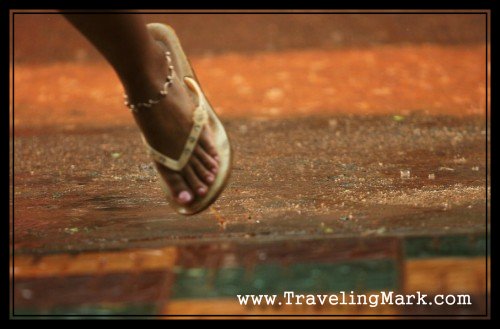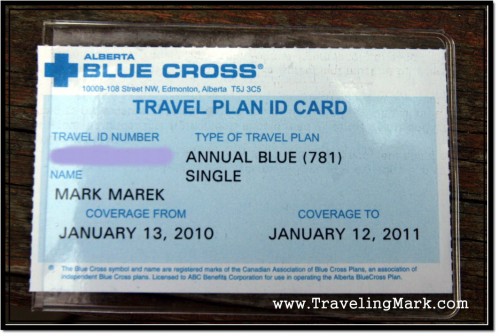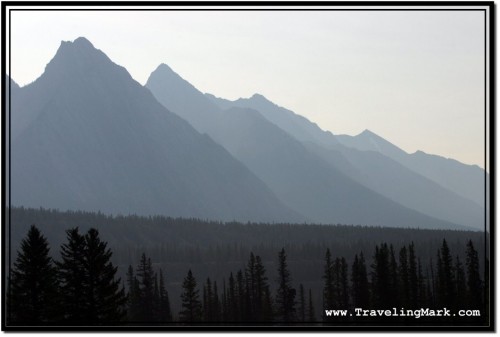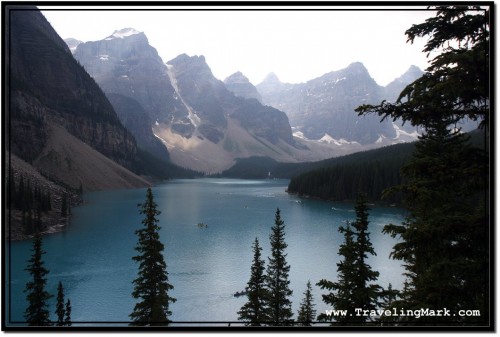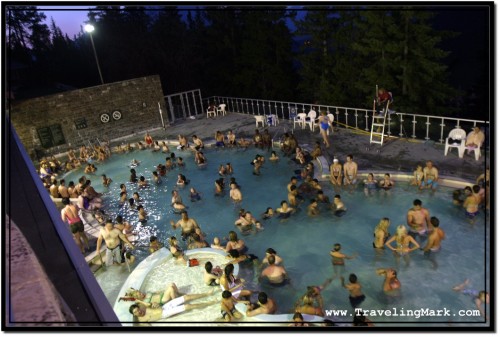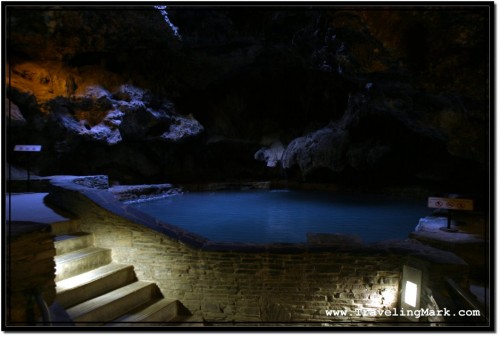I was fully aware of the fact that I’d arriving in Cambodia during rainy season. It didn’t put me off one bit, afterall I each season has something different, something unique to offer that can only be experienced in that particular season. But the main reason I was headed for Cambodia in the rainy season was that it was the right time for me to go. It just so happened that September fell within the rainy season and knowing I would stay for a while would allow me to experience this country during both rainy season and dry season.
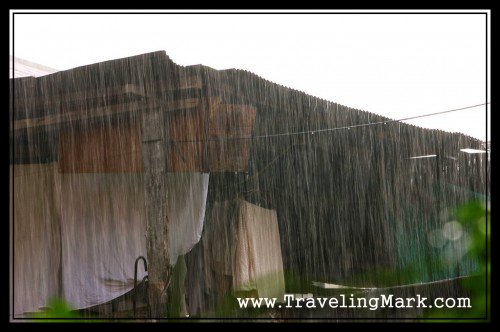
While rainy season in Cambodia extends from June to October, I have done my homework prior to leaving Canada and checked out the rainfall (precipitation) stats and damn – historically the month of September gets pounded by more rain than any other month of the year in Cambodia. I’ve traced down some expats who have been living in Cambodia for a few years on the internet and asked them about rainy season and September and sure enough, I had it confirmed by being told that it rains every day. Rains every day? Boy… that’s a whole lotta rain!
It still bothered me not. I have not lived in any country during rainy season so I saw this as an amazing opportunity to experience this natural phenomenon first hand. Afterall, locals have been going through rainy season every years for centuries and they’ve dealt with it fine, so why would I have any issue with a bit of rain, albeit it was gonna be more than just a bit. But when speaking of living in extreme weather conditions – I come from Alberta, Canada where winters last for 8 months each year and temperatures get below -40 Degrees Celsius. If I could live through that for years, rainy season can’t possibly irk me off.
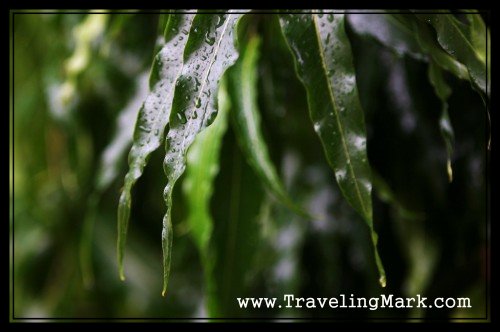
Cambodia is located very close to the equator so temperatures are tropical year round. I was told by one of the expats that the coldest it ever gets here is 20 Degrees Celsius in winter. That’s what summer looks like in Canada. This simply meant that I had to make sure I have decent sandals to take with me as I would not get to wear any actual shoes, it would also mean that I should bring light, summer clothing and take it easy on long sleeve shirts and long pants. Rainy season or not, winter or summer, a visitor to Cambodia will be wearing summer clothes unless they want to walk around drenched in their own sweat.
Causes of Rainy Season in Cambodia
Extended research on rainy season in Cambodia provided answers to why monsoons repeat with such solid timing each year. To cut down on all the technical jargon and sum it up in a few simple sentences, the casues of the rainy season in Cambodia are:
- Air pressure over central Asia drops in Summer. This drop in air pressure draws moisture that otherwise gathers above the seas over land. Cambodia is right in the way so the clouds full of moisture settle above the country for good few months – from June to September
- As air pressure over central Asia rises with coming of colder months and winter, this pressure then pushes these rain cloud back above the seas and keeps them there. That’s why during the rest of the year Cambodia experienced dry season with very little rainfall
So it’s all in the air pressure. When the air pressure drops (that’s what happens in warmer time of year) it attracts moist clouds from above the seas. When the air pressure rises (happens in colder months of the year), the clouds get pushed away. That’s the whole magic behind clockwork like monsoon cycles Cambodia gets exposed to each year. It is commonly known and referred to as the rainy season.
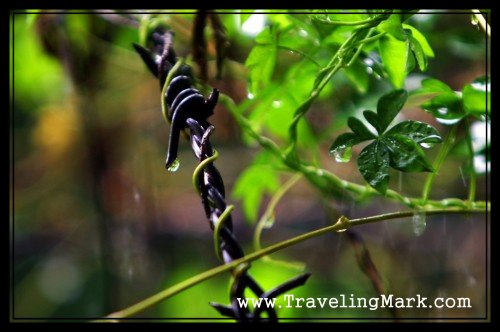
Arriving in Siem Ream Amidst Rainy Season
I was rather encouraged seeing how sunny and cloudless the weather was in South Korea. Knowing that South Korea is an adjacent part of the same continent on which Cambodia is located, it gave me hopes that perhaps I would find the same sunny weather in Siem Ream when I arrive. I hopped on a plane in Seoul, tired from previous long flight I nodded off and when I woke up shortly before landing, I noticed rain drops landing on that small circular window I had right next to me (yes, I scored the window seat). All my hopes for sunny weather were gone.
As we have landed in Siem Reap, it became even more obvious that it’s not just raining in Cambodia, it’s pouring like there’s no tomorrow. Our scheduled arrival time in Siem Reap was at 10.20pm and we got there on time. It was dark outside and rain was just gushing right down. Siem Reap international airport (REP) does not have those fancy movable walkways that connect directly to the door of the aircraft. We had to walk out of the plane and board the bus that was waiting outside. There were locals with umbrellas waiting to assist us with boarding without getting too wet which was fine and did the job, it simply showed me that I was foolish when I made associations between weather in South Korea and weather in Cambodia. The two are on the same continent, but are 5 hours away by plane from each other and are in different tropical zones. Rainy Season in Cambodia is for real and arrives as expected every year. No exceptions. I have expected it and here I was – I have made it to Cambodia. Woo hoo!
